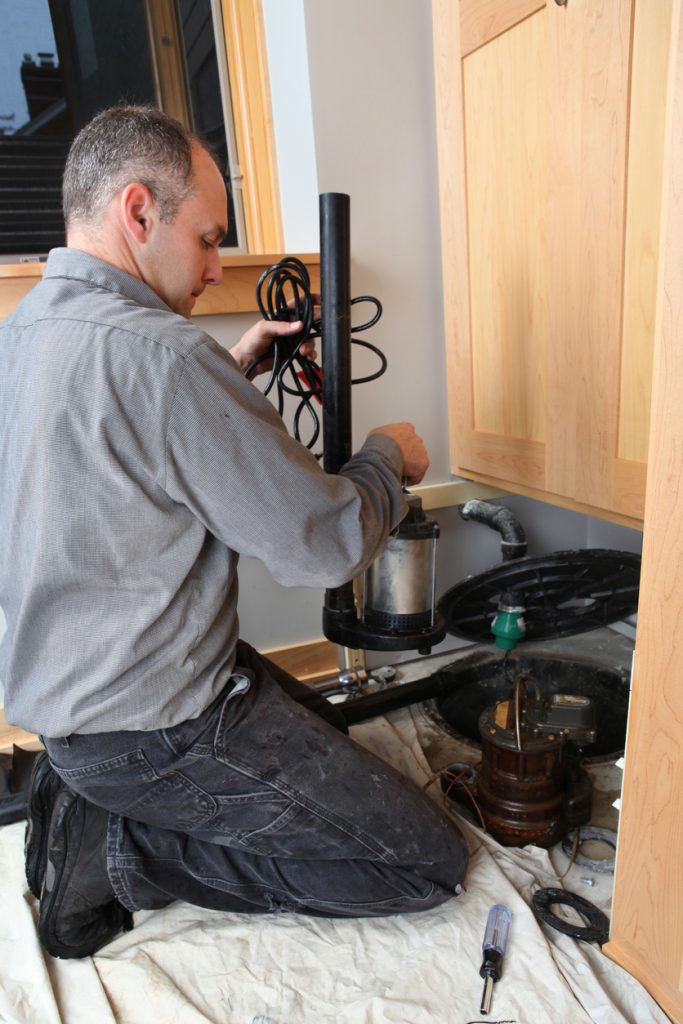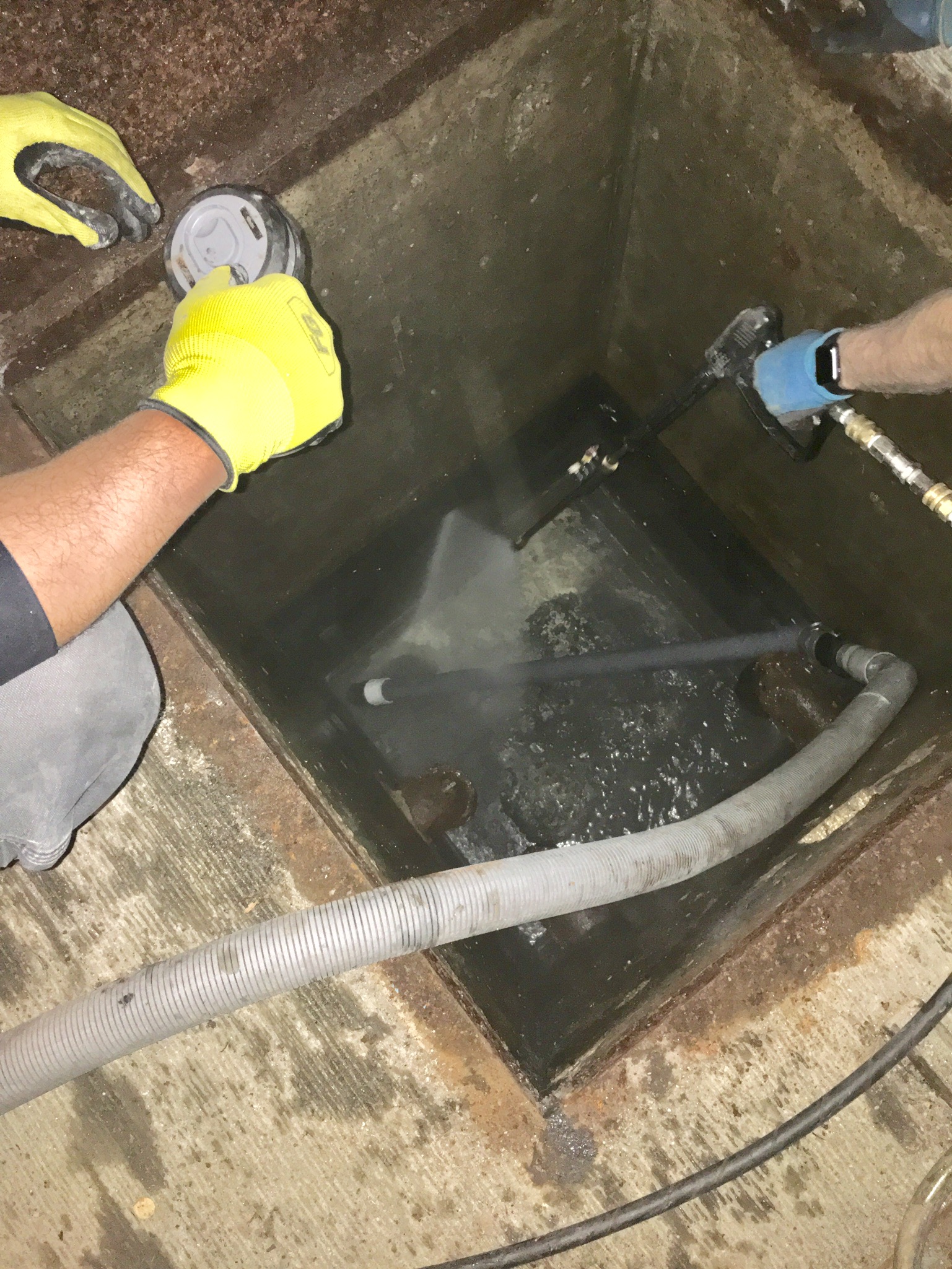Fast Steps to Cleaning Your Sump Pump
BookWhat are your thoughts and feelings on Steps to Cleaning Your Sump Pump Properly?

Sump pumps are vital elements in numerous homes, specifically in locations susceptible to flooding or too much dampness. They aid protect against water damage by successfully eliminating excess water from cellars or crawl spaces. However, like any other device, sump pumps need normal maintenance to ensure they function successfully when needed one of the most. Cleaning your sump pump is a vital part of its upkeep, and understanding just how to do it appropriately can save you from pricey repairs and potential disasters.
Intro
Preserving a tidy sump pump is crucial for its proper performance and durability. Overlooking this crucial job can result in blockages, breakdowns, and eventually, water damage to your residential or commercial property. Therefore, finding out just how to clean a sump pump is essential for home owners that rely upon these gadgets to keep their cellars dry and protected.
Comprehending the Sump Pump
Prior to diving right into the cleaning procedure, it's necessary to have a fundamental understanding of how a sump pump works. Normally set up in a pit or container listed below the basement flooring, a sump pump contains a number of key parts, consisting of a pump, a float switch, and a discharge pipeline. When water accumulates in the pit, the float switch triggers the pump, which then pumps the water out with the discharge pipeline, far from the structure's structure.
Indicators of a Dirty Sump Pump
Recognizing when your sump pump needs cleaning is vital for preventing possible malfunctions. Some usual signs that suggest a dirty sump pump consist of odd noises throughout procedure, decreased water circulation, and visible debris in the pit. If you observe any of these symptoms, it's necessary to cleanse your sump pump promptly to stay clear of any type of more problems.
Getting ready for Cleaning
Before you begin cleaning your sump pump, it's vital to take some security preventative measures. Beginning by shutting off the power to the pump to prevent any electric crashes. Additionally, use proper protective gear, such as handwear covers and goggles, to protect yourself from dirt, debris, and prospective pathogens.
Step-by-step Overview to Cleaning a Sump Pump
Shutting down the Power
Begin by separating the power supply to the sump pump to avoid any type of accidents while cleansing.
Eliminating Debris and Dirt
Utilize a container or an inside story to get rid of any kind of visible debris, dirt, or debris from the sump pit. Dispose of the particles correctly to stop it from obstructing the pump or the discharge pipeline.
Cleaning up the Pump and Float Switch Over
When the pit is free from debris, carefully remove the pump from the pit. Evaluate the pump and the float switch for any indicators of damage or wear. Use a soft brush or cloth to clean up the surface areas and remove any kind of collected crud.
Purging the System
After cleaning the pump and float switch, flush the sump pit with clean water to remove any type of continuing to be dirt or debris. This will aid guarantee that the pump runs efficiently and effectively.
Checking for Correct Performance
Before re-installing the pump, execute a quick examination to guarantee that the float button turns on the pump properly. Put some water right into the sump pit and observe the pump's operation. If whatever is operating properly, you can reconstruct the pump and reconnect the power supply.
Upkeep Tips to Keep Your Sump Pump Clean
In addition to regular cleansing, there are a number of upkeep suggestions you can comply with to maintain your sump pump in ideal problem:
Verdict
Cleansing your sump pump is an important facet of its maintenance and ensures that it operates properly when you require it the most. By complying with the actions described in this guide and including normal maintenance right into your regimen, you can extend the life-span of your sump pump and secure your home from water damages.
6 STEPS ON HOW TO CLEAN A SUMP PUMP PROPERLY
UNDERSTANDING SUMP PUMPS
Your sump pump plays a crucial role in protecting your home by managing and removing excess water. It primarily functions as a “shield”, guarding your basement against the damaging effects of water accumulation. The pump is housed in a sump pit in the lowest part of your basement, and its job is to pump out any water that collects there.
During heavy rainfalls or when snow melts rapidly, water can infiltrate your basement, posing potential risks like flooding, structural damage, and harmful mold growth. Here, the sump pump springs into action, pumping out the intruding water and directing it away from your home.
SAFETY FIRST
Before cleaning, remember to prioritize safety. Disconnect the sump pump from the power source to prevent any accidental electric shocks. Also, wear sturdy gloves to protect your hands from any sharp or dirty components within the pump.
REMOVE THE SUMP PUMP
After ensuring your safety, the next step is to remove the sump pump from its pit. Doing this might require careful maneuvering as you don’t want to damage any pump components. Once removed, clean the sump pit to remove any accumulated debris or sludge.
INSPECT THE PUMP
Inspect the pump for any visible signs of wear or damage. Check the power cord, float switch, and impeller housing. If any components look worn out or damaged, consider replacing them to ensure optimal performance.
CLEAN THE PUMP
Thoroughly clean the pump with warm, soapy water. Make sure to rid it of any dirt, gravel, or other debris that might impede its performance. You can use a toothbrush to clean the small, hard-to-reach parts of the pump.
REINSTALL THE SUMP PUMP
Reinstall the pump into the sump pit Make sure it’s positioned correctly to remove the water effectively Once it’s back in place, reconnect it to the power source TEST THE PUMP
Finally, pour some water into the pit to ensure the pump works correctly. It should start automatically and begin pumping out the water; if it doesn’t, check the power source and the positioning of the pump.
Remember, while cleaning your sump pump is an essential part of home maintenance, hiring a professional plumber for a thorough inspection and cleaning at least once a year is also important. This will ensure that your pump is in optimal condition, ready to protect your home from potential water damage.
BEST PRACTICES FOR CLEANING SUMP PUMP DISCHARGE PIPES
Regular Inspection: Regularly inspect your discharge pipes, especially during heavy rainfall or snowmelt periods. Look for any signs of blockage or damage. Early detection of problems can prevent serious issues down the line. Periodic Cleaning: Over time, sediment and debris can accumulate in the discharge pipes, impeding the flow of water. Regular cleaning helps keep the pipes clear and functioning efficiently. You can use a high-pressure water jet to effectively clean the pipes. Insulation During Winter: In colder climates, discharge pipes can freeze, blocking the outflow of water. Protect your discharge pipes from freezing temperatures by insulating them with foam pipe insulation. This will ensure the sump pump can continue to discharge water even in freezing conditions. Proper Positioning: The discharge pipe should be positioned to direct water away from your home’s foundation. Improper positioning can lead to water seeping back into the basement. Ensure the pipe is long enough and angled correctly. Installation of a Check Valve: A check valve prevents water from flowing back into your sump pit after the pump has pushed it out. Installing a check valve helps maintain the efficiency of your sump pump and reduces the risk of flooding. Minimize Pipe Turns: Every curve or turn in the discharge pipe can decrease the efficiency of water flow. By minimizing turns and bends in your discharge pipe, you can increase the efficiency of your sump pump. https://www.fullspeedplumbing.com/how-to-clean-a-sump-pump-properly9999/

I hope you liked our part about Steps to Cleaning Your Sump Pump Properly. Thanks for spending some time to read through our piece. Enjoyed reading our piece of writing? Please share it. Help somebody else check it out. Thanks so much for going through it.
Source